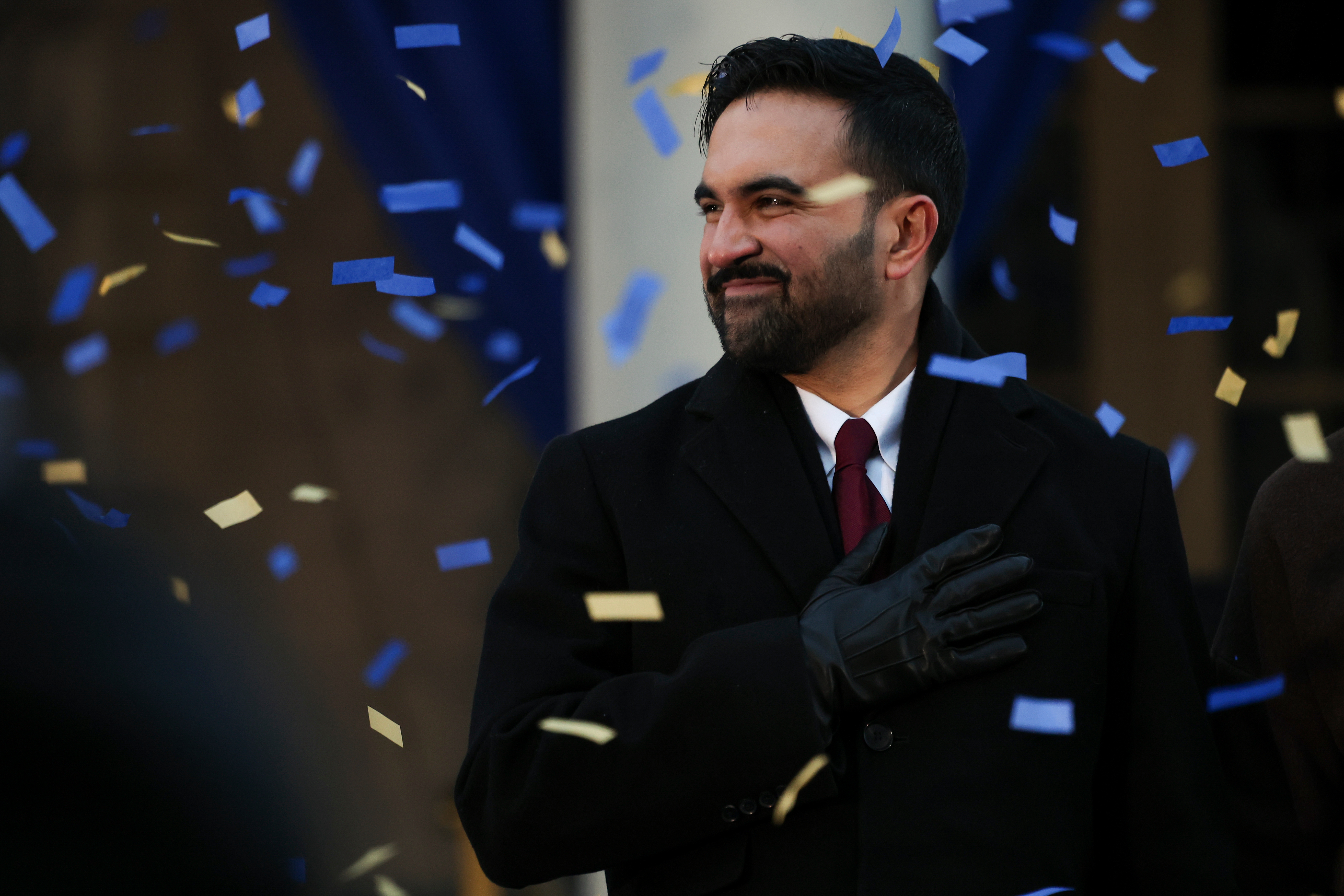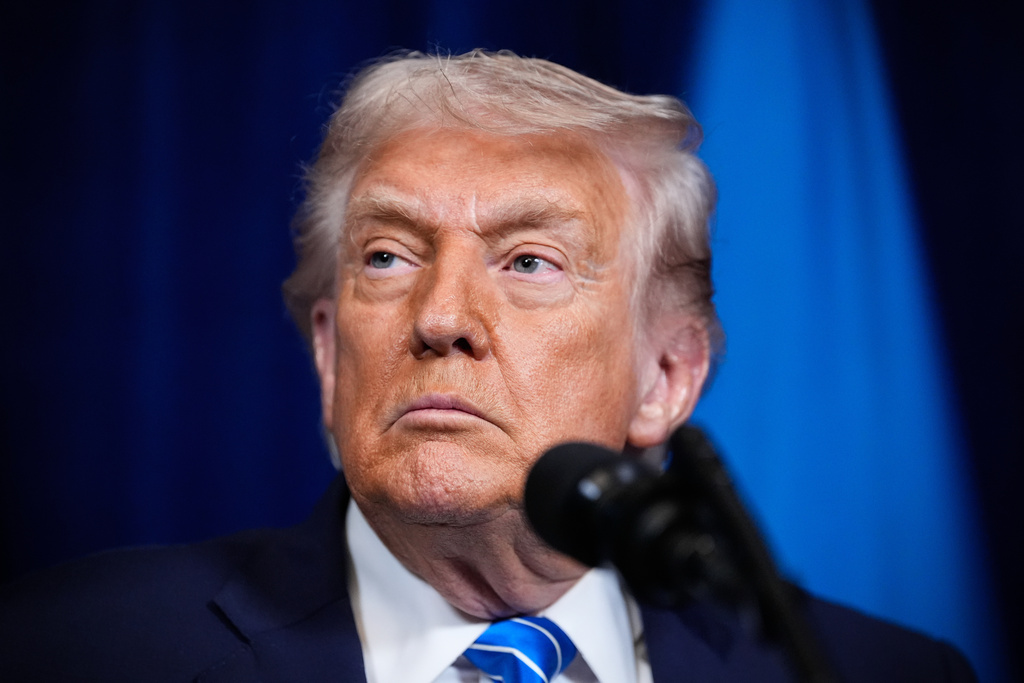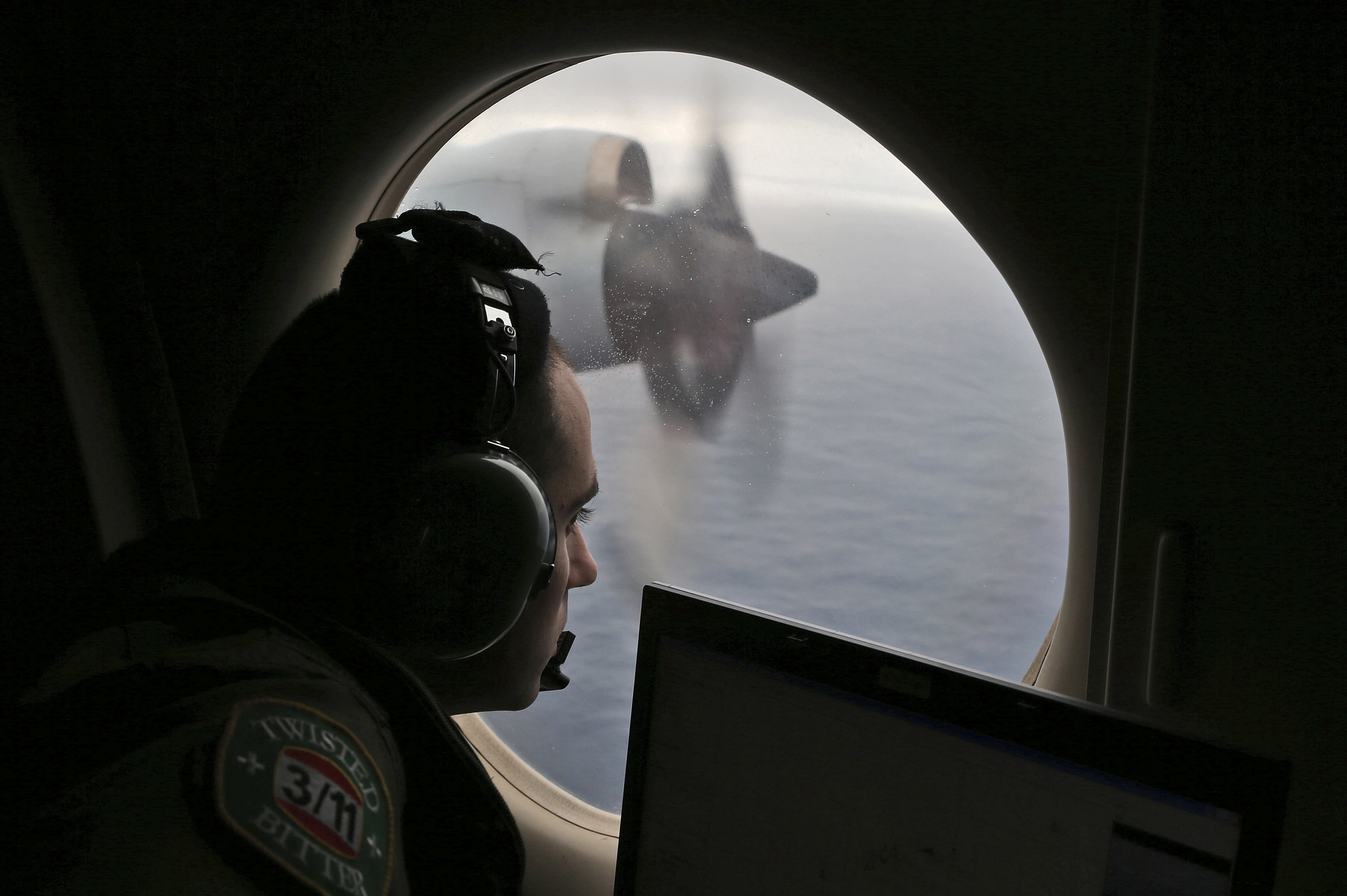According to the Committee to Protect Journalists, at least 79 journalists have been killed since the start of the Israel-Hamas conflict on Oct. 7.
Gaza's Hamas-run Government Media Office puts the number even higher, saying at least 115 journalists have been killed.
This week two journalists — Hamza al-Dahdouh and Mustafa Thuraya — were killed, and a third was seriously injured after the IDF targeted their vehicle in a drone strike.
Hamza was the son of Al-Jazeera Gaza bureau chief Wael al-Dahdouh — who had already lost his wife, two other children and grandson in October in an Israeli airstrike.
The IDF initially told the Times of Israel that the journalists were traveling with a "terror operative" who was flying a drone that put IDF forces at risk.
The IDF has since alleged the two journalists themselves were members of the terror groups Hamas and Palestinian Islamic Jihad — though the only evidence it provided was a list of PIJ electronic engineer battalion members from 2022 with Hamza's name and alleged military number on it.
It's not clear why, if the IDF was aware of this evidence at the time of the strike, it waited so long to release its statement claiming Hamza and Mustafa were part of terrorist organizations.
Mustafa Thuraya had used drones for news video coverage on numerous occasions.
One image on his Instagram, shared on Dec. 31, shows him posing with a drone remote. In another video, he can be seen holding the drone remote at the scene of an airstrike.

Israeli military suggests war with Hamas will last through 2024
Despite international calls for a cease-fire, Israel's Benjamin Netanyahu said the war would continue for "many more months."
Scripps News analyzed Planet Labs satellite imagery from the day of the drone strike, and found the vehicle in question was more than three miles from the nearest IDF position.
Some civilian drones have ranges that go as far as eight miles. Al Jazeera says the journalists were targeted while interviewing people displaced by previous bombings.
Scripps News spoke to Brian Finucane, senior adviser at the U.S. International Crisis Group, and he said the "belated and seemingly shifting justification" by the IDF for the strike raises questions of credibility.
He also stated that if the journalists were in fact targeted just for flying a drone, then that's a troubling development.
"Now if that's the basis or even the sole basis for targeting them, that's worrying because it's easy to imagine that journalist in Gaza elsewhere, relying on camera drones to gather video footage. And if that's the sole basis for targeting them that certainly opens the door for sort of systematic targeted misidentification, at least with respect to journalists," said Finucane.
The targeting of journalists may mean that the IDF has an expanded interpretation of what is allowed under the rules of warfare — something that could put more journalists in danger.
"We've seen targeting or at least targeted attacks, whether intentional or otherwise, of journalists who seem to enjoy civilian status and therefore be protected. The proportionality, we've seen some indicators that Israel may have an expansive interpretation of what is permissible under the principle of proportionality — including an expansive interpretation of what currently accounts for military advantage," said Finucane.











